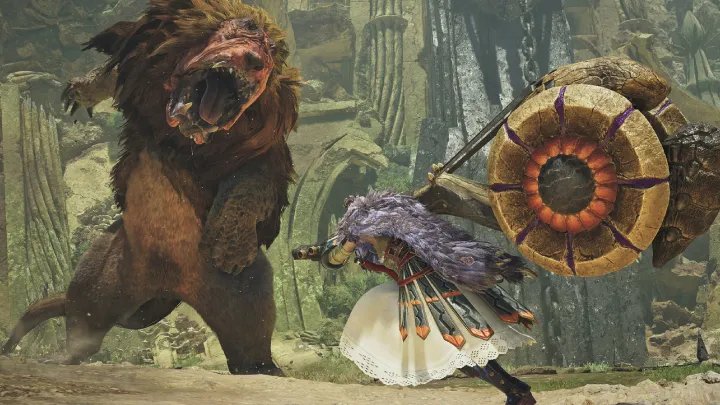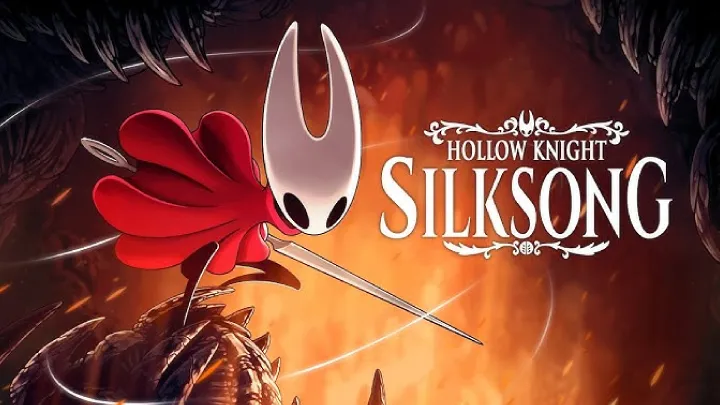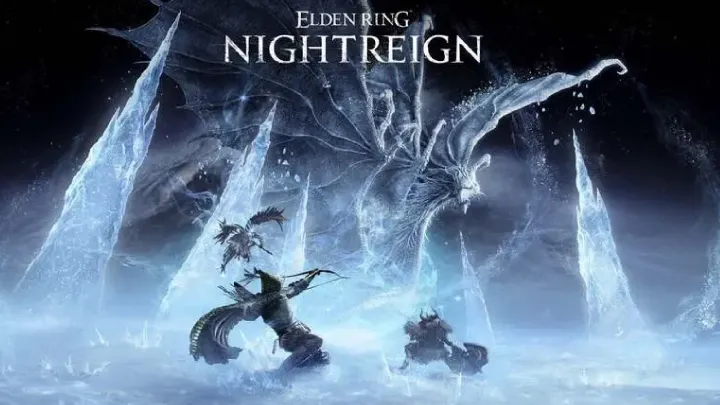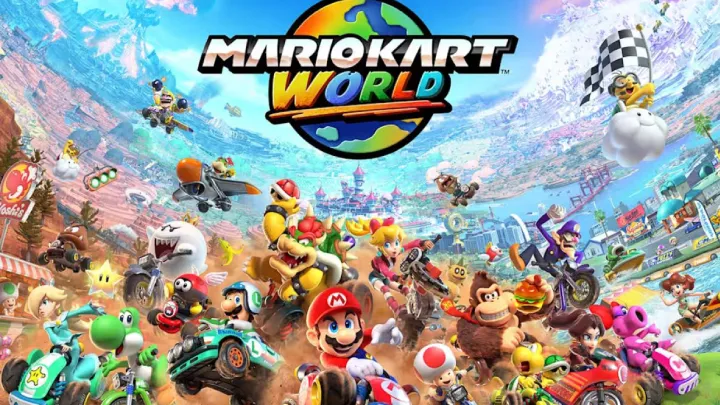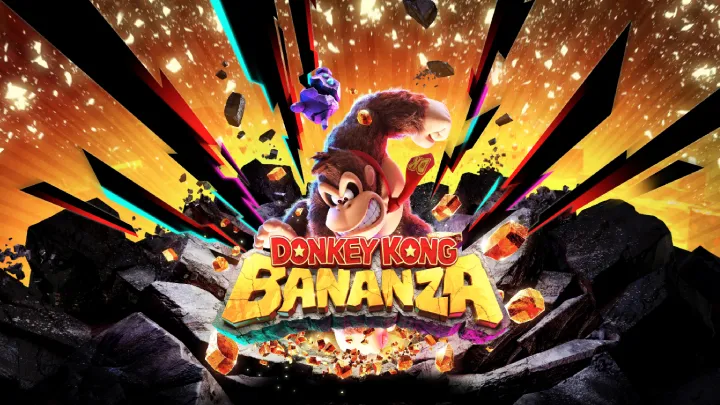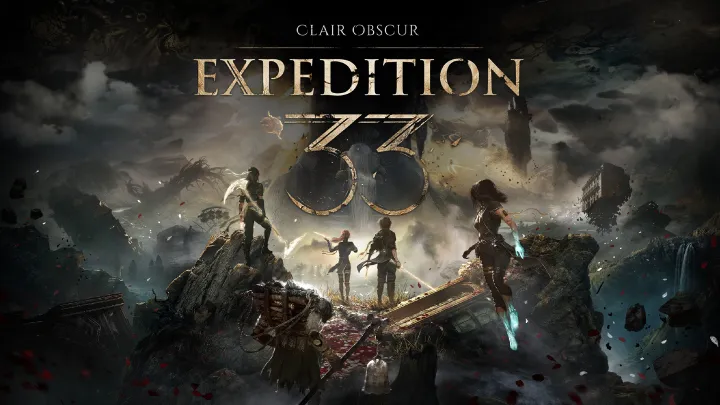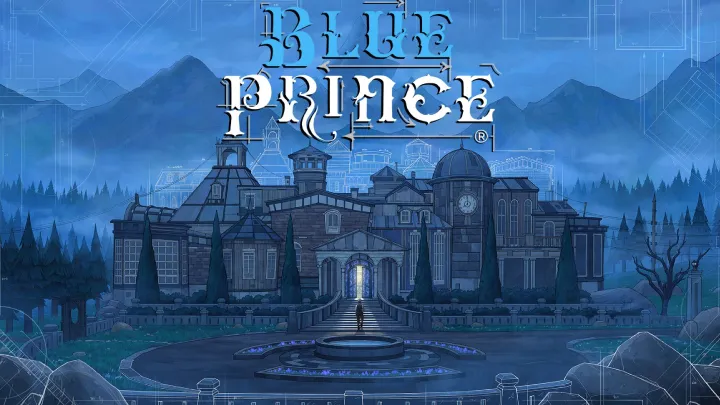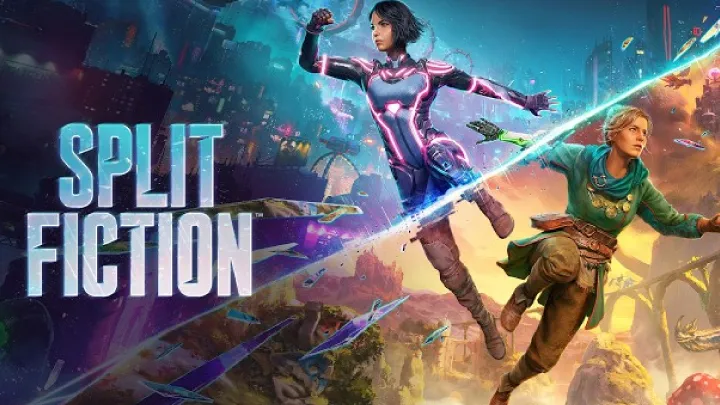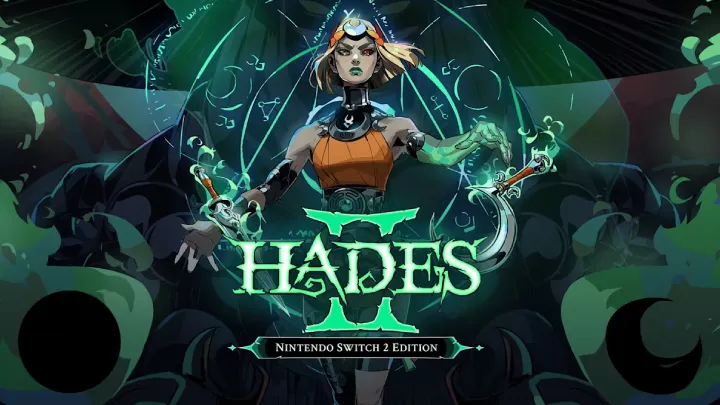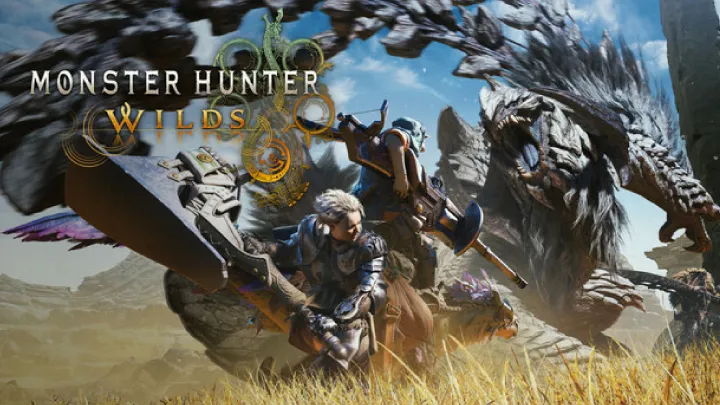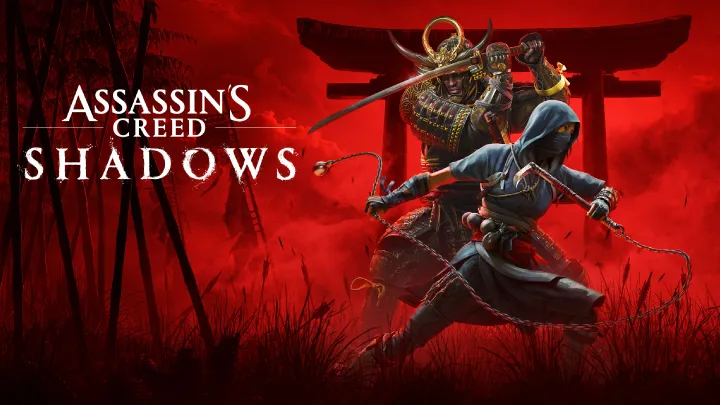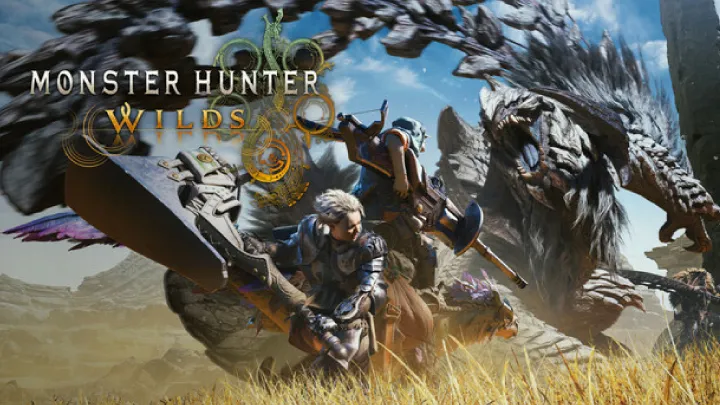 Introduction
Introduction
Monster Hunter: Wilds has captivated players with its immersive world, intricate mechanics, and thrilling monster battles. Yet, despite its successes, a significant issue persists: the endgame content. Players often find themselves grappling with a lack of engaging, meaningful activities post-completion of the main storyline. This article delves into the complexities of endgame content in Monster Hunter: Wilds, examining its evolution, current state, community feedback, and potential solutions.
The Allure of Monster Hunter: Wilds
Monster Hunter: Wilds distinguishes itself through its rich lore and diverse ecosystems. Players step into the shoes of a hunter tasked with tracking, trapping, and slaying formidable monsters. The stunning visuals, combined with a deep crafting system, make every hunt feel rewarding. However, as players progress and reach the endgame, the allure begins to wane.
The Initial Thrill of Questing
In the beginning, players are captivated by the thrill of hunting large monsters and completing quests. Each hunt is an adventure, filled with adrenaline and excitement. The game’s well-designed mechanics encourage teamwork and strategy, making multiplayer hunts particularly exhilarating.
The Crafting System’s Appeal
The intricate crafting system allows players to create unique weapons and armor tailored to their playstyle. This customization adds depth and encourages players to experiment with different builds. However, as players exhaust the initial content, the motivation to craft begins to diminish.
The Shift to Endgame Content
As players progress through the main storyline, they eventually reach the endgame – a phase that should ideally be filled with challenging quests and rewarding gameplay. However, many players find the transition to endgame content jarring and unsatisfactory.
What Constitutes Endgame Content?
Endgame content in Monster Hunter: Wilds should ideally include high-level quests, rare monster encounters, and robust multiplayer experiences. Unfortunately, many players feel that the current offerings fall short of expectations. The lack of variety and depth in quests leads to a repetitive gameplay loop.
The Need for Meaningful Challenges
While certain endgame activities, like Elder Dragon hunts, provide a sense of challenge, the overall framework lacks depth. Players often find themselves repeating similar quests without significant variation, leading to a sense of monotony. The excitement of hunting is diluted when the objectives become predictable.
Community Feedback: A Call for Change
The community surrounding Monster Hunter: Wilds has been vocal about the shortcomings of the endgame experience. Players have taken to forums and social media to express their frustrations and suggest improvements.
Highlighting Player Concerns
Many players report feeling burnt out after reaching the endgame, citing a lack of engaging content and meaningful progression. The community has highlighted the need for additional quests that challenge their skills while offering unique rewards.
Suggestions for Improvement
Players have proposed several ideas to enhance endgame content, including:
- New Monster Variants: Introducing new or enhanced versions of existing monsters to keep hunts fresh.
- Dynamic Events: Implementing seasonal or timed events that encourage players to return for limited-time challenges.
- Expanded Crafting Options: Providing new materials and recipes to incentivize crafting and experimentation.
Analyzing Current Endgame Quests
A closer examination of the current endgame quests reveals several patterns that contribute to player dissatisfaction. While some quests are challenging, they often lack the innovation needed to keep players engaged.
Repetitive Quest Structures
Many endgame quests follow a similar structure - hunt a specific monster or gather certain materials. This repetition can lead to a feeling of stagnation, as players find themselves engaging in the same activities with little variation.
The Impact of Loot Systems
The loot system in Monster Hunter: Wilds plays a crucial role in player motivation. However, when the rewards become predictable or less appealing, the incentive to engage in endgame activities diminishes. Players desire unique loot that feels worth the effort of completing challenging quests.
The Importance of Player Progression
Player progression is a vital component of any successful game, especially in an expansive title like Monster Hunter: Wilds. As players reach the endgame, they expect to see their skills and achievements reflected in meaningful ways.
Skill Recognition and Growth
Players invest time and effort into honing their skills, and they expect endgame content to reflect this growth. However, when the challenges do not scale appropriately, players may feel that their achievements are not adequately recognized.
Balancing Difficulty and Accessibility
Finding the right balance between challenge and accessibility is crucial. While endgame content should be difficult, it should also be achievable for players of varying skill levels. This balance can help retain a broader player base while still providing challenging content for veterans.
Potential Solutions for Endgame Content
To address the issues plaguing endgame content in Monster Hunter: Wilds, developers need to consider a multifaceted approach that incorporates community feedback and innovative ideas.
Introducing New Game Modes
One effective strategy could be the introduction of new game modes that offer unique experiences. For instance, a “Survival Mode” could challenge players to hunt monsters with limited resources, testing their skills and adaptability.
Expanding the Lore and Narrative
Integrating more lore-driven quests can enhance the overall experience. Players are often drawn to the stories behind the monsters and the world. Expanding narrative elements within endgame quests can create a deeper connection to the game and its characters.
The Role of Community Events
Community events can play a significant role in revitalizing player engagement. These events can introduce limited-time challenges that encourage teamwork and cooperation among players.
Seasonal Challenges
Seasonal challenges could offer unique rewards and encourage players to log in regularly. These events could range from hunting specific monsters to completing cooperative tasks that require teamwork.
Leaderboards and Competitions
Implementing leaderboards and competitions can foster a sense of community and competition among players. By allowing players to showcase their skills and achievements, the game can create a more engaging endgame experience.
The Future of Monster Hunter: Wilds
The future of Monster Hunter: Wilds hinges on the developers' response to community feedback and the implementation of innovative ideas. By addressing the challenges surrounding endgame content, the game can continue to thrive and engage its player base.
Embracing Community Involvement
Developers should actively involve the community in discussions about future content. Regular surveys and forums can help gather insights about player preferences and expectations, ensuring that updates align with the desires of the player base.
Continuous Updates and Improvements
To maintain player interest, regular updates with new content and features are essential. These updates should focus on enhancing endgame experiences and ensuring that players have access to fresh challenges and rewards.
Conclusion
Monster Hunter: Wilds offers an incredible experience filled with adventure and excitement. However, the challenges surrounding its endgame content have left many players yearning for more. By embracing community feedback, introducing innovative challenges, and enhancing player progression, the game can evolve into a more rewarding experience. The future of Monster Hunter: Wilds is bright, but it requires a concerted effort from developers to address the current issues and ensure a fulfilling endgame for all players.
